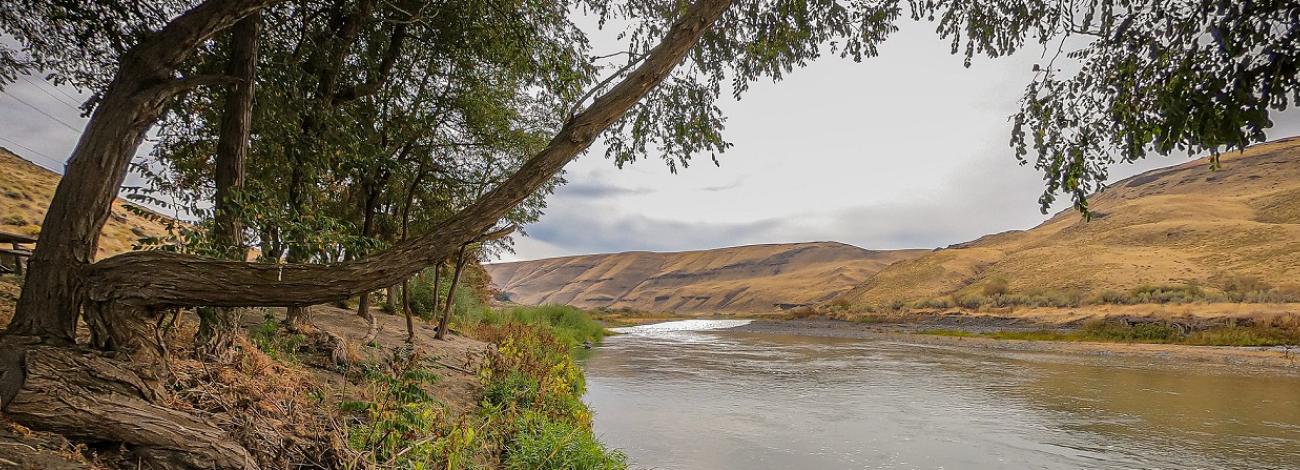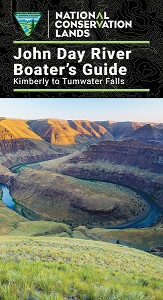
John Day Wild and Scenic River
The John Day River basin drains nearly 8,100 square miles of central and northeast Oregon. Absent of dams for 281 miles, the John Day is one of the longest free-flowing rivers in the continental United States and the longest undammed tributary of the Columbia. Elevations range from 265 feet at the confluence with the Columbia River to over 9,000 feet at the headwaters in the Strawberry Mountain Range.
The John Day River system is fortunate to have designation under two important river preservation programs: the National Wild and Scenic Rivers Act and the Oregon Scenic Waterways Act. Together, these two acts, one a federal program and one a state program, provide the best protection available today for the natural, scenic, and recreational values of our river environments.
The John Day is still carving its way through the basalt layers of old volcanic flows that cover large parts of northern Oregon, creating a canyon as much as 1600 feet deep. The now exposed geologic layers provide memorable scenery. The river and its canyons offer unmatched habitat for many native fish including wild steelhead, Chinook salmon, bull trout, westslope cutthroat, and interior redband. Wildlife found along the river's corridor include mule deer, elk, and black bear, along with peregrine falcons and bald eagles.
The John Day River provides a variety of recreation opportunities throughout the year, from white-water rafting in late spring through mid-summer, to fishing in the fall. Other recreation opportunities include hunting, sightseeing, horseback riding, hiking and camping.

